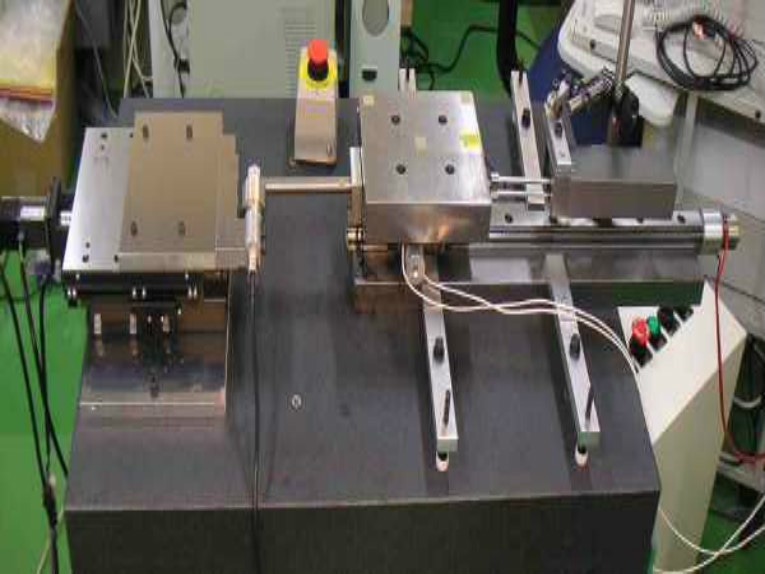Here’s what you need to know about maintenance, responsibility, and selection of industrial machines.
Prior to the Second World War, machines were basic, bulky, and slow-running. Because production demands were low, machine downtime did not cause considerable problems. However, with technological advancements they have become lightweight and run faster, and businesses have become heavily reliant on them. Simultaneously, production demand has soared, so that machine downtime can have detrimental consequences for businesses.
Like any machinery, surface preparation equipment must be looked after and maintained for several important reasons. Firstly, it maximizes the lifespan of machines, reducing the need to spend large amounts of money replacing them. Secondly, contractors rarely have spare surface preparation equipment. If their machine is down, they have no choice but to do the work manually. A job that usually takes one piece of machinery may then require the labor of several people, which is certain to have a negative financial impact on the business.
How Often?
Many machine components—such as hydraulic fluid, batteries, and wheel motors—must be replaced before reaching the end of their lifespan.
New machines have a break-in period. During this phase, maintenance work is performed more regularly. For example, the hydraulic filter on a new machine should be replaced after 100 hours of operation, whereas on an older machine this is not necessary until after 200 hours of operation.
To keep machines on a regular schedule for maintenance, there are companies that provide checklists highlighting the areas that need regular and recurring work.
Prevention
Because of the inconvenience caused when a machine is not usable, the best approach to maintenance is prevention. Contractors should familiarize themselves with the normal appearance and performance of each piece of equipment. They will then be able to spot any issues before the machines break down.
Key Things to Look Out for
Surface preparation generates large amounts of dust and debris that can block machines and prevent them from running effectively. Contractors can avoid this by regularly cleaning their equipment and ensuring all moving parts are working smoothly. Regular checking for loose nuts and bolts is also key to preventing major machine downtime.
Scrapers are either self-propelled or hydraulically driven. It’s important to check for leaks coming from the hydraulic line and tighten the fitting if necessary. The lubrication around the fittings must also be maintained. In addition, build-up of sticky substances on the blades can diminish their effectiveness, so this should be avoided with regular cleaning.
Shot blasters can also be self-propelled but are often electrically driven. These machines have many moving parts and it is crucial to check for binding and misaligned, improperly mounted, or broken components that may affect the machine’s operation. The blast wheel is a common wear part and should be replaced regularly.
Who is Responsible?
It’s the contractor’s responsibility to know when maintenance work on their equipment is required. However, they should only carry out the work themselves if they have the suitable tools and knowledge. We recommend that contractors begin by reading the operating and service manuals that come with their machine.
Though maintenance work on surface preparation equipment is advised but not forced, some hire companies may set a requirement that it be performed.
What to Look for in an OEM’s Machines
Some OEMs offer warranties. Contractors should review their warranties to make sure their equipment is covered properly, and determine who is responsible for maintenance. A company may have service professionals or even experienced sales managers who travel to customers to perform maintenance work and provide demonstrations, giving end-users the opportunity to familiarize themselves with the machines and ask questions.
It can also be valuable to find a company that offers regular training sessions, giving existing and potential customers an in-depth insight into how best to operate and care for equipment.
In addition, look for a company that has a repair center at its manufacturing plant and manuals that you can refer to for advice on maintenance.
The bottom line: Preventative maintenance must be carried out for all surface preparation equipment to avoid the problems associated with machine downtime.
Post time: Feb-01-2021








